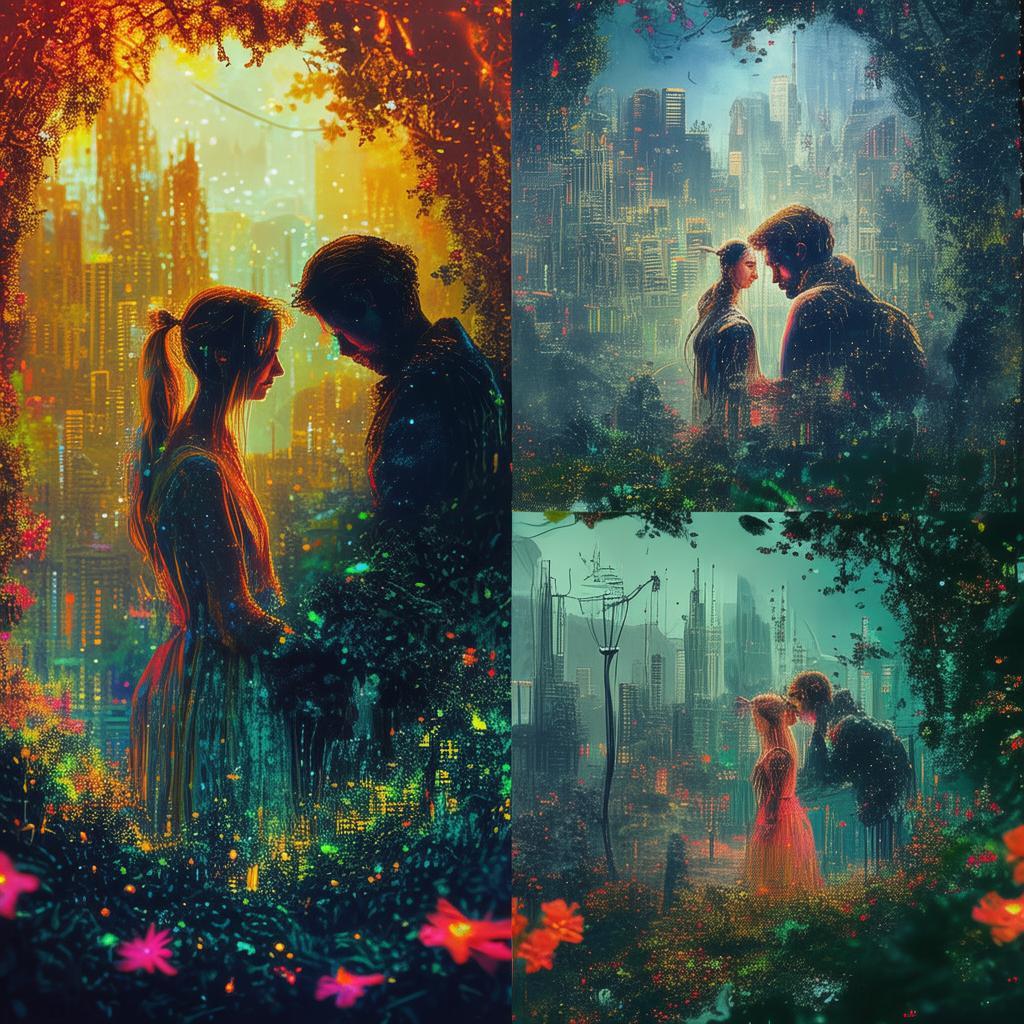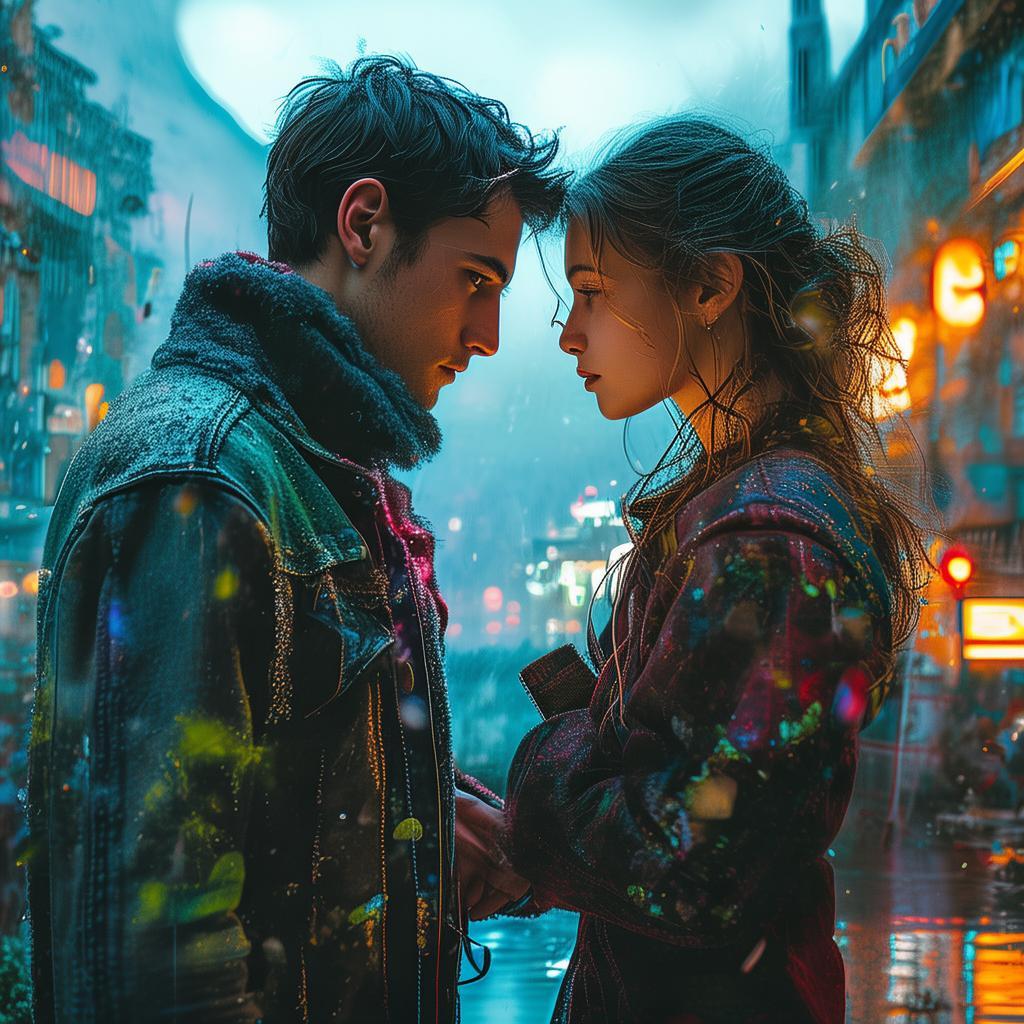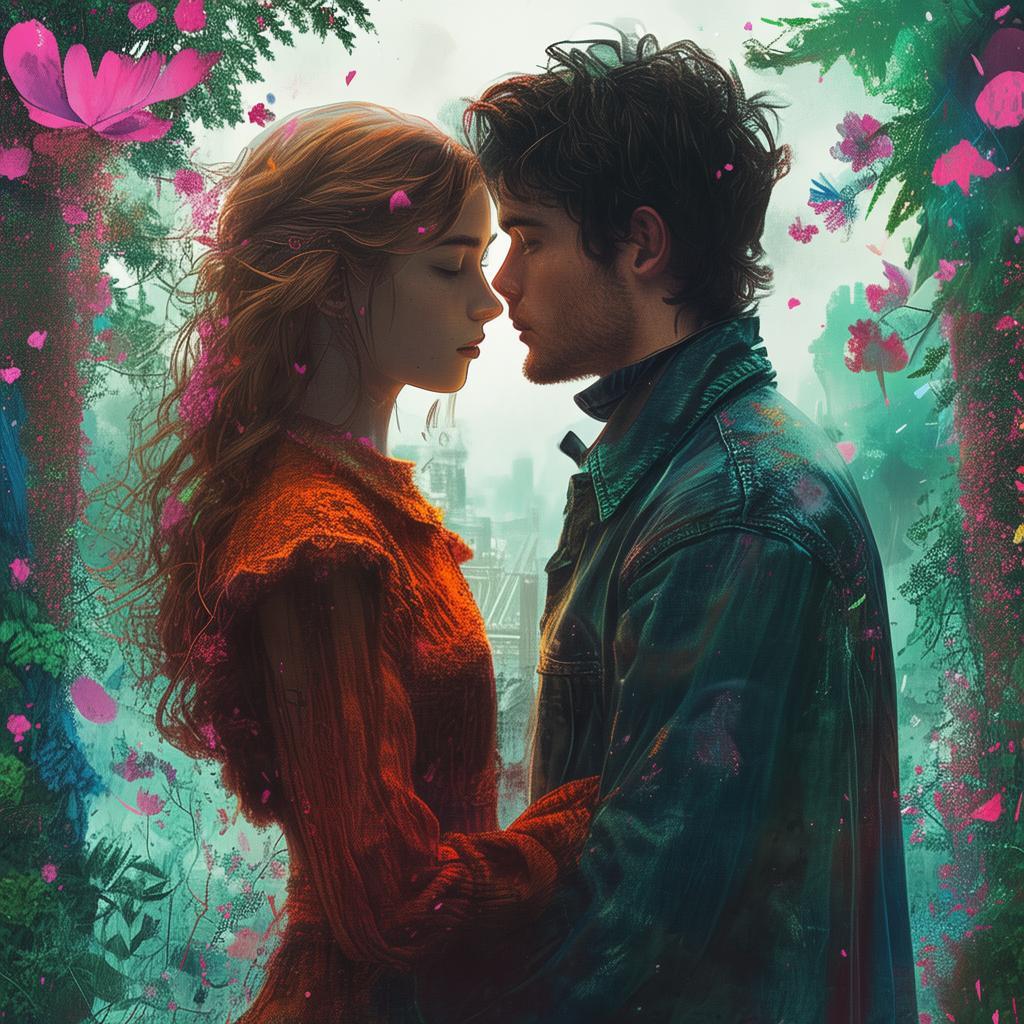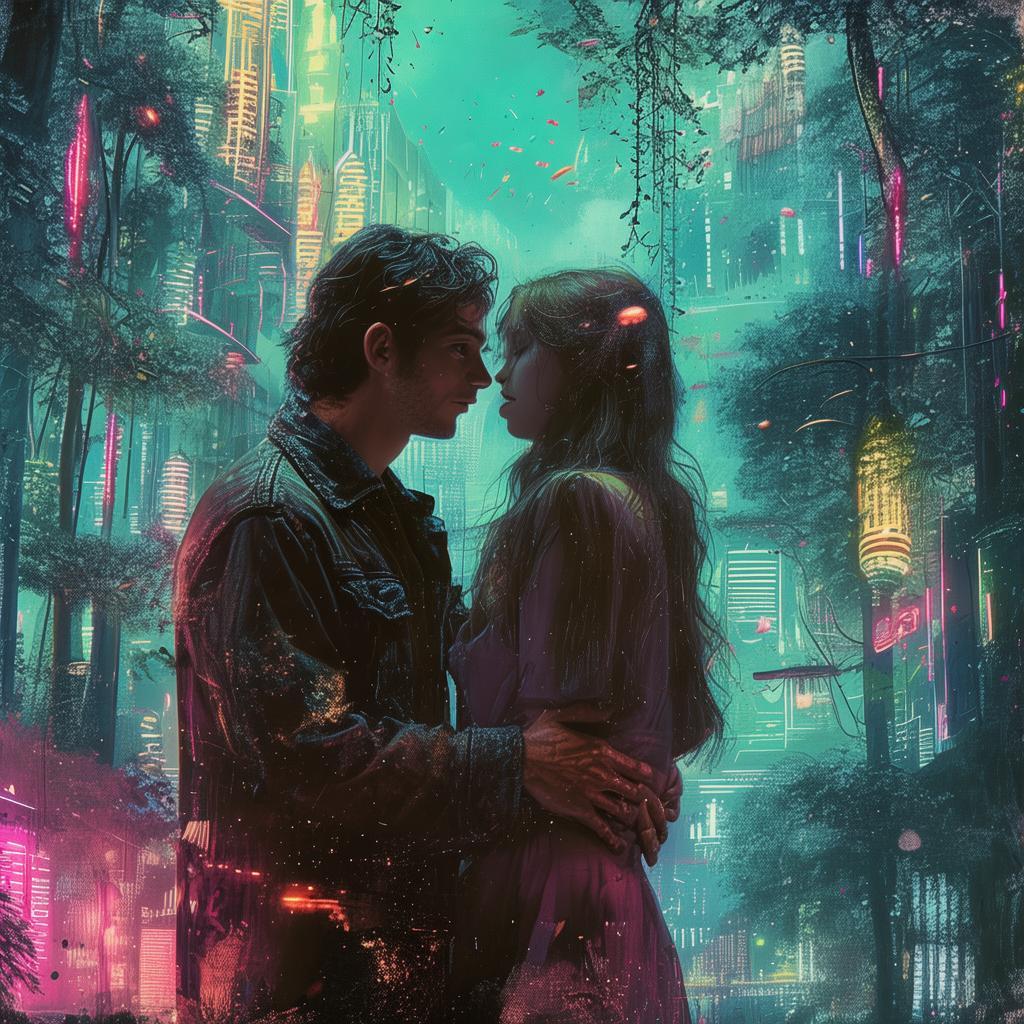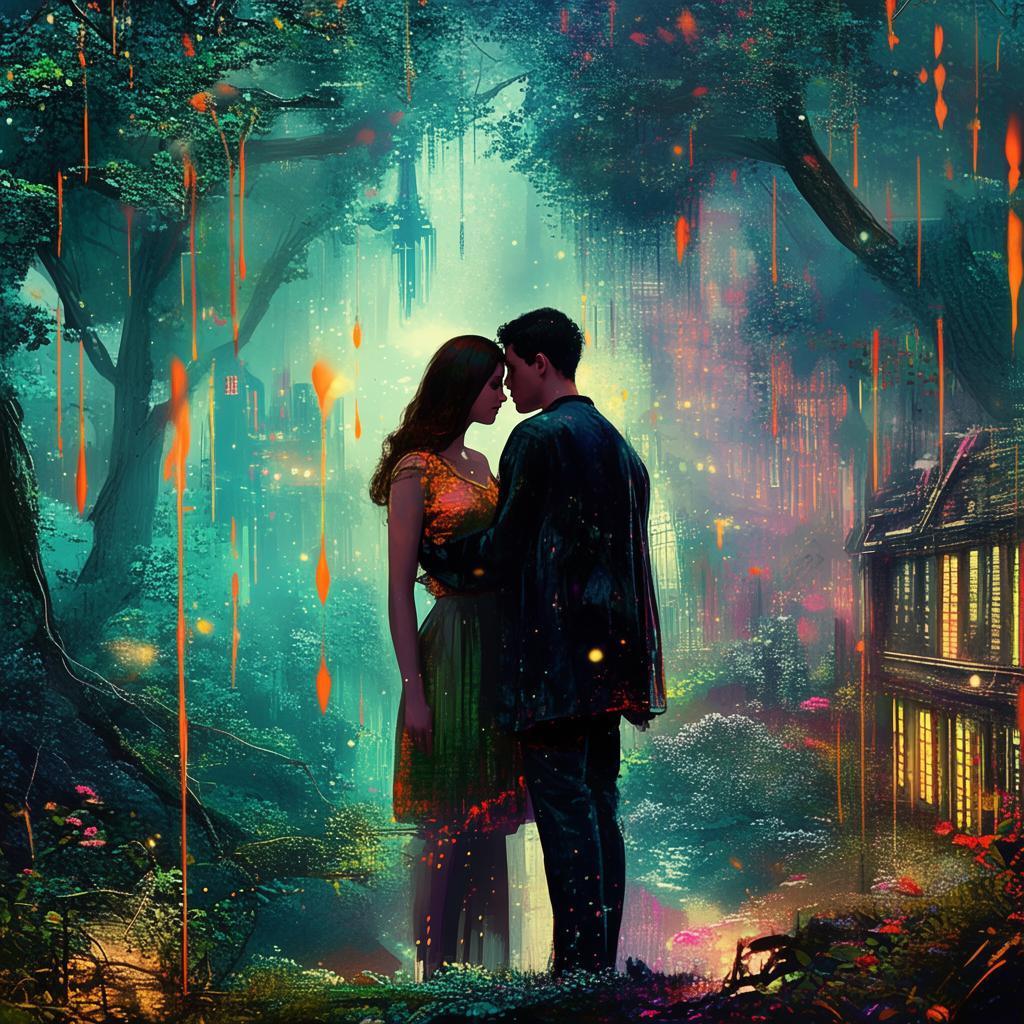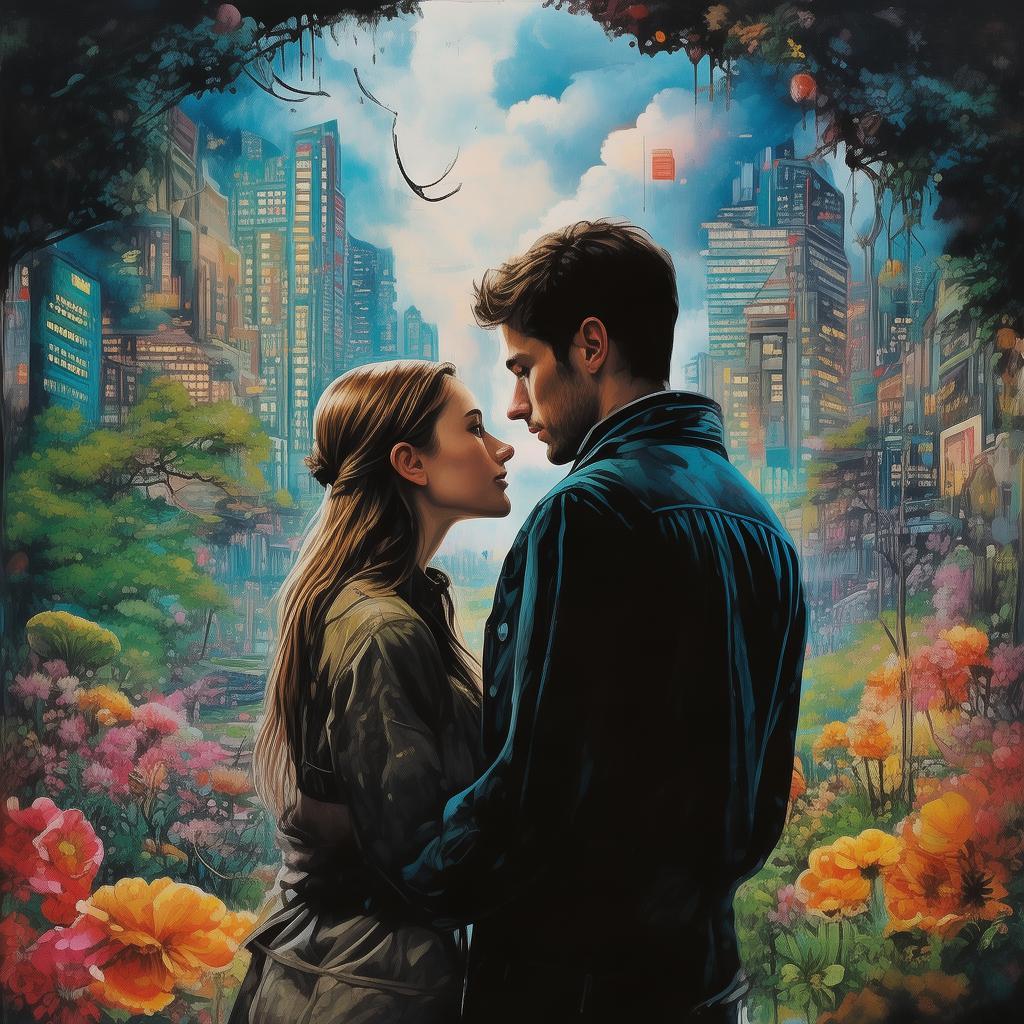The Vienna Waltz of the Damned: A Dance with Shadows
The moon hung low over the rooftops of Vienna, casting a silver glow on the cobblestone streets below. Inside the dimly lit café, the air was thick with the scent of coffee and the sound of a waltz that seemed to echo through the walls. Among the patrons, there was a young artist named Elara, her eyes fixed on the figure of a man across the room, his silhouette framed by the flickering candlelight.
He was named Maximilian, a man of mystery and repute, known in the art circles of Vienna for his hauntingly beautiful paintings and his rumored connection to the supernatural. Elara had been drawn to him from the moment she first laid eyes on him, the allure of his dark beauty and the whisper of his past that seemed to call to her.
As the waltz played on, Elara approached him with a mixture of courage and trepidation. "Maximilian," she said, her voice barely above a whisper, "I have to speak with you."
Maximilian turned, his eyes meeting hers with a hint of surprise. "What is it, Elara?" he asked, his voice smooth and velvety.
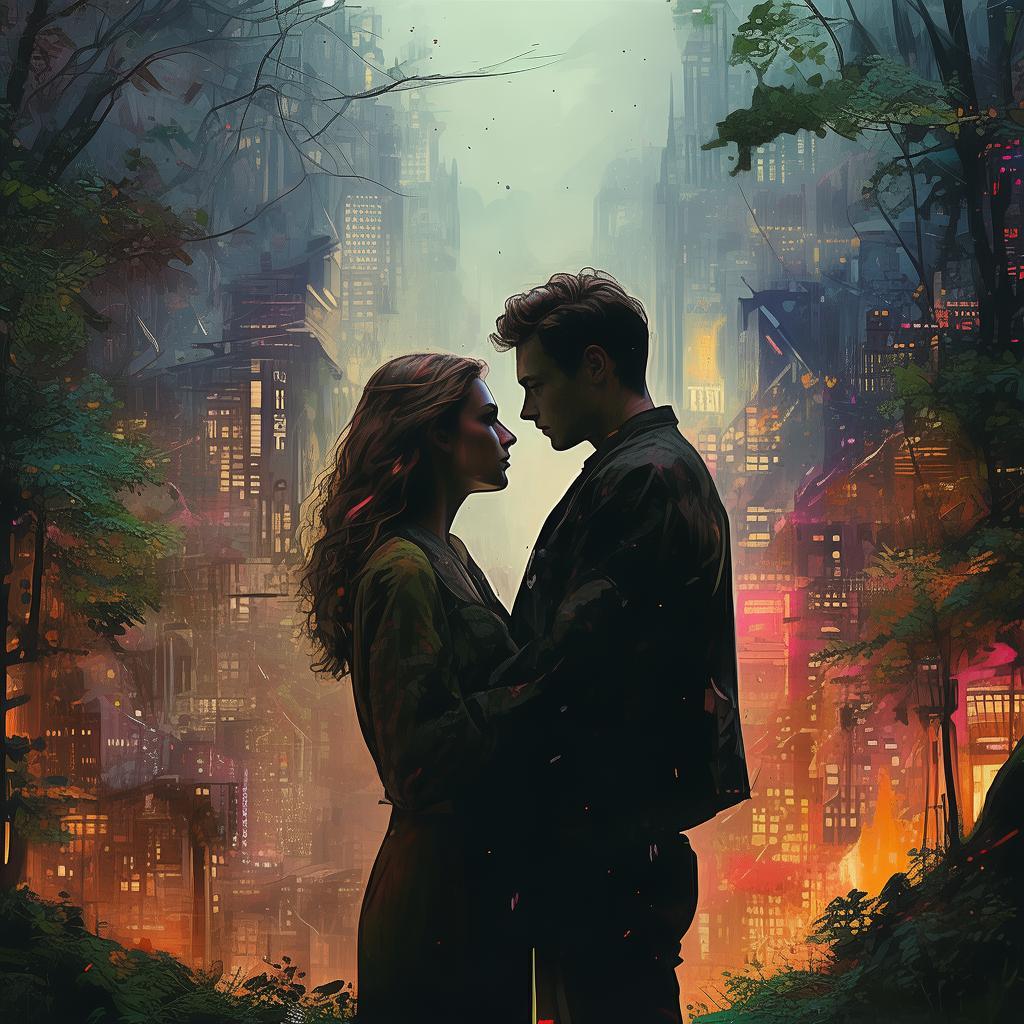
"I've been watching you," she confessed, her heart pounding in her chest. "Your paintings, they speak to me, they tell stories of love and loss, of shadows and light. I want to know the stories behind them."
Maximilian smiled, a rare and captivating gesture. "Then perhaps you should ask the shadows," he replied, his eyes flickering with a hint of mischief.
Elara knew then that she had stepped into a world where the line between the living and the dead was blurred, where love and loss danced together in a haunting waltz.
Over the following weeks, Elara and Maximilian's relationship grew, a delicate tapestry woven from threads of passion and intrigue. They shared their dreams and fears, their hopes and regrets, and Elara found herself falling deeper and deeper into the allure of Maximilian's world.
But as the threads of their love began to unravel, Elara discovered that Maximilian's paintings were more than mere art; they were windows into the souls of the damned, trapped in a dance that could never end. The more she learned, the more she realized that her own heart was entwined with the fate of those souls, and that her love for Maximilian was a dangerous game.
One night, as the moon hung full and bright, Elara found herself alone in Maximilian's studio, surrounded by his paintings. The room was silent, save for the gentle hum of the wind that seemed to whisper through the open window. She reached out to touch one of the paintings, a portrait of a woman in a white dress, her eyes filled with sorrow.
Suddenly, the painting came to life, and the woman's eyes met Elara's. "You must leave him, Elara," the woman whispered, her voice echoing through the room. "He is not of this world, and your love for him will only bring you pain."
Elara's heart ached as she turned back to the painting, the woman's words replaying in her mind. She knew she had to make a choice, to follow her heart or to listen to the voices of the damned.
In the days that followed, Elara's life was a whirlwind of confusion and turmoil. She found herself torn between her love for Maximilian and the haunting whispers of the souls trapped in his paintings. Each night, she would dream of Vienna, of Maximilian, and of the waltz that seemed to call to her from the shadows.
One evening, as the café played its haunting waltz, Elara found herself once again across from Maximilian. "I have to leave," she said, her voice trembling. "For my own sake, and for yours."
Maximilian's eyes softened, a rare moment of vulnerability. "I will always love you, Elara," he said, his voice filled with sorrow. "But you must go, to find your own path."
As Elara left the café, the waltz seemed to follow her, a haunting melody that seemed to echo through the streets of Vienna. She knew that her love for Maximilian was a dance with shadows, a love that could never be, but one that would always remain in her heart.
In the end, Elara's journey was one of self-discovery and the realization that some loves are meant to be left behind. The Vienna Waltz of the Damned was a haunting reminder that love, like the waltz itself, can be a dance with the past, a dance that can never end.
✨ Original Statement ✨
All articles published on this website (including but not limited to text, images, videos, and other content) are original or authorized for reposting and are protected by relevant laws. Without the explicit written permission of this website, no individual or organization may copy, modify, repost, or use the content for commercial purposes.
If you need to quote or cooperate, please contact this site for authorization. We reserve the right to pursue legal responsibility for any unauthorized use.
Hereby declared.
